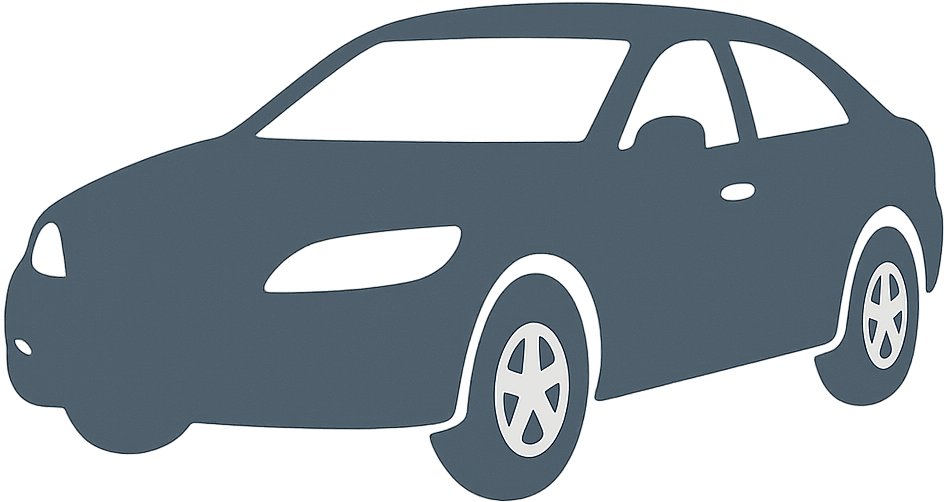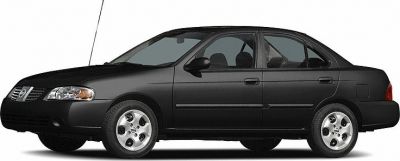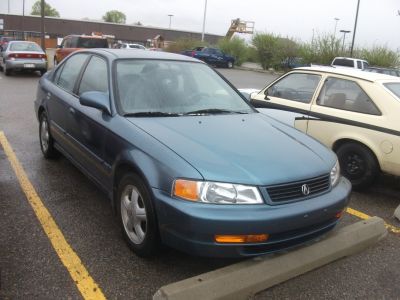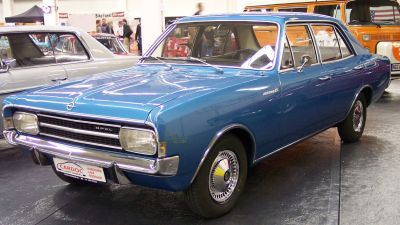 1986 Toyota Camry II (V20) Dimensions, Size & Specs
1986 Toyota Camry II (V20) Dimensions, Size & Specs
Measurements of the 1986 Toyota Camry II, engineered for optimal performance and comfort
| Dimensions | |
|---|---|
| Length: | 4520 mm178.0 in14.8 ft |
| Width: | 1710 mm67.3 in5.6 ft |
| Height: | 1400 mm55.1 in4.6 ft |
| Trunk Capacity (Max): | 370-505 liter13.1-17.8 cu ft |
| Weight Specifications | |
| Curb Weight: | 1124-1405 kg2478-3097 lbs |
| Maximal permitted Weight: | 1720-1795 kg3792-3957 lbs |
| Roof Load: | 100 kg220 lbs |
| Tire Specifications | |
| Rims Sizes: |
|
| Tire Sizes: |
|
The Toyota Camry II (V20), produced between 1986 and 1991, is a mid-size sedan that successfully built on the reputation of its predecessor with a combination of improved dimensions, practicality, and comfort. Measuring 4520 mm (177.9 inches) in length, 1710 mm (67.3 inches) in width, and 1400 mm (55.1 inches) in height, the Camry II offered a balanced size ideal for both urban and highway driving. Curb weight varied between 1124 to 1405 kg (2480 to 3099 lbs), reflecting different trim levels and configurations, while the maximum allowable weight ranged from 1720 to 1795 kg (3792 to 3956 lbs). This weight range contributed to a stable and smooth driving experience typical of mid-size sedans of its era. The Camry II provided practical utility with a rear seat luggage capacity ranging from 370 to 505 liters (13.1 to 17.8 cubic feet) when the seats were folded down, enhancing its versatility for carrying larger loads. The roof load capacity stood at a modest 100 kg (220 lbs), enough for standard roof racks and additional luggage. Equipped with rim options of 14 and 15 inches, the Camry II used tire sizes 175/70 R14, 185/70 R14, and 195/60 R15, balancing ride comfort and handling performance. Overall, the Toyota Camry II (V20) was a well-rounded sedan that met the needs of drivers seeking reliability, moderate size, and respectable cargo space during the late 1980s and early 1990s.
Discover the standout features that make the 1986 Toyota Camry II a leader in its class
Have a question? Please check our knowledgebase first.
The Toyota Camry II (V20) sedan produced between 1986 and 1991 measures 4520 mm (177.95 inches) in length, 1710 mm (67.32 inches) in width, and 1400 mm (55.12 inches) in height. These dimensions provide a balanced mid-size footprint suitable for comfortable urban and highway driving, blending maneuverability with cabin space.
The curb weight of the Toyota Camry II (V20) ranges from 1124 kg to 1405 kg (2,479 to 3,098 pounds), depending on trim and equipment. Its maximum permissible weight ranges from 1720 kg to 1795 kg (3,792 to 3,957 pounds), accounting for passengers, cargo, and additional loads, ensuring safe operational thresholds.
Folding down the rear seats in the Toyota Camry II (V20) expands the luggage capacity from a baseline to between 370 liters and 505 liters (13.06 to 17.83 cubic feet). This capability offers enhanced versatility for carrying larger or more bulky items, making the Camry practical for daily use and travel.
The Toyota Camry II (V20) is compatible with rim sizes of 14 and 15 inches. The corresponding tire sizes include 175/70 R14, 185/70 R14, and 195/60 R15. Selecting the correct tire and rim size is crucial for optimal performance, safety, and ride quality.
Yes, the Toyota Camry II (V20), with its dimensions of 4520 mm (177.95 inches) length, 1710 mm (67.32 inches) width, and 1400 mm (55.12 inches) height, fits comfortably within a standard residential garage. Typical single-car garages are around 2.4 to 2.7 meters wide and 4.8 to 6 meters deep, offering adequate space for safe parking and some maneuvering room.
Compared to the first-generation Camry (V10), the Camry II (V20) saw an increase in overall dimensions. While the V10 measured around 4380 mm in length, the V20 extends to 4520 mm, making it approximately 140 mm (5.5 inches) longer. The width and height were also slightly increased, enhancing cabin space and road presence. This size evolution reflects Toyota's response to market demand for more interior comfort and improved highway stability.
In the mid-size sedan segment of the late 1980s, the Toyota Camry II (V20) was competitive in size. For instance, the Honda Accord of that period measured approximately 4570 mm in length and 1695 mm in width, making the Camry slightly shorter but wider. Similarly, the Nissan Bluebird was comparable in overall size. The Camry balanced compactness for urban driving with sufficient cabin space, placing it favorably among rivals.
The roof load capacity of the Toyota Camry II (V20) is 100 kilograms (about 220 pounds). This specification is important for safely carrying additional cargo such as roof racks, bicycles, or luggage carriers without compromising vehicle stability or structural integrity.
The Camry II (V20) typically uses 14-inch or 15-inch rims paired with tires sized 175/70 R14, 185/70 R14, or 195/60 R15. Smaller tires with higher sidewalls, like the 175/70 R14, generally provide a more comfortable ride thanks to greater cushioning, while larger tires such as 195/60 R15 can improve handling and grip due to the increased contact patch.
The Toyota Camry II (V20) is offered as a four-door sedan with front-engine, front-wheel-drive layout typical of its class and era. This configuration enhances interior space utilization and provides predictable handling characteristics. The design emphasizes reliability, fuel efficiency, and comfortable passenger accommodation, helping the Camry establish a strong reputation in the mid-size sedan category during its production years from 1986 to 1991.
Discover similar sized cars.

| Production: | 1995-2002 |
|---|---|
| Model Year: | 1995 |
| Length: | 4430-4522 mm174.4-178.0 in |
| Width: | 1715 mm67.5 in |
| Height: | 1410 mm55.5 in |

| Production: | 1987-1991 |
|---|---|
| Model Year: | 1987 |
| Length: | 4520 mm178.0 in |
| Width: | 1690 mm66.5 in |
| Height: | 1375 mm54.1 in |

| Production: | 2000-2006 |
|---|---|
| Model Year: | 2000 |
| Length: | 4509 mm177.5 in |
| Width: | 1710 mm67.3 in |
| Height: | 1410 mm55.5 in |

| Production: | 2009-2011 |
|---|---|
| Model Year: | 2010 |
| Length: | 4544 mm178.9 in |
| Width: | 1752 mm69.0 in |
| Height: | 1435 mm56.5 in |

| Production: | 2005-2008 |
|---|---|
| Model Year: | 2006 |
| Length: | 4544 mm178.9 in |
| Width: | 1752 mm69.0 in |
| Height: | 1435 mm56.5 in |

| Production: | 1997-2000 |
|---|---|
| Model Year: | 1997 |
| Length: | 4480 mm176.4 in |
| Width: | 1705 mm67.1 in |
| Height: | 1395 mm54.9 in |

| Production: | 1966-1971 |
|---|---|
| Model Year: | 1966 |
| Length: | 4550 mm179.1 in |
| Width: | 1758 mm69.2 in |
| Height: | 1453 mm57.2 in |

| Production: | 2005-2006 |
|---|---|
| Model Year: | 2005 |
| Length: | 4510 mm177.6 in |
| Width: | 1720 mm67.7 in |
| Height: | 1415 mm55.7 in |
